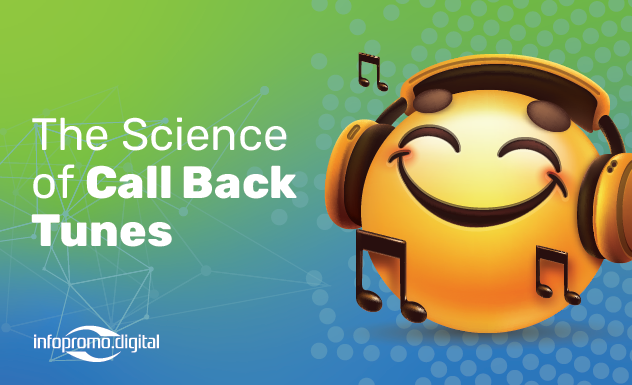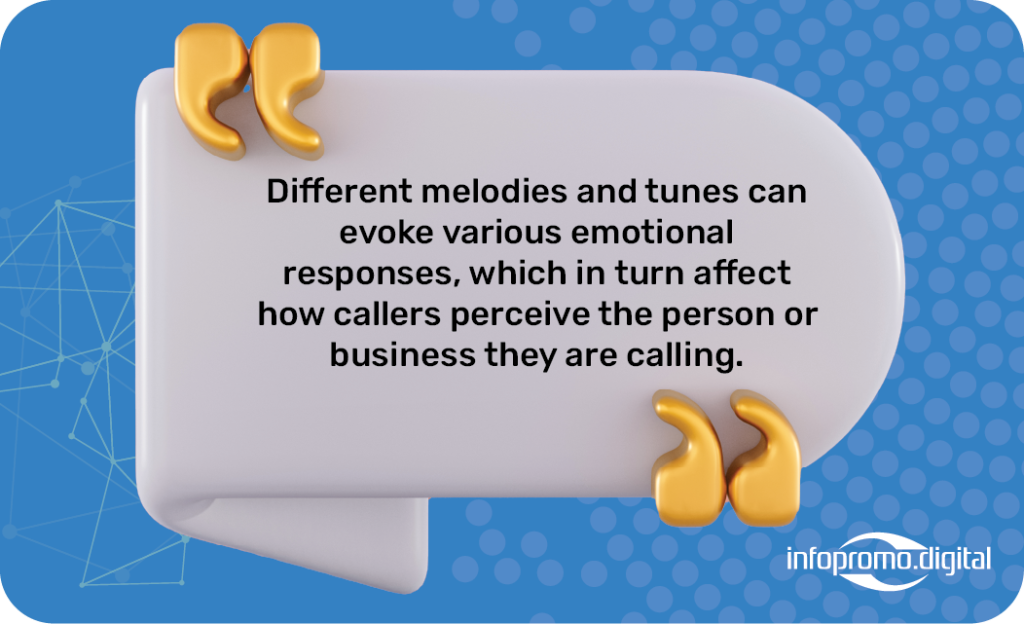
In the realm of telecommunications, call back tunes, also known as ring back tunes (RBTs), have become a popular way for individuals and businesses to personalize the calling experience. By replacing the standard ringing sound with music or messages, call back tunes can significantly influence the caller’s perception and behavior. Understanding the psychology behind these tunes can help in crafting the perfect melody or message to achieve desired outcomes.

The Psychology of Sound
Sound has a profound impact on human emotions and behavior. Different melodies and tunes can evoke various emotional responses, which in turn affect how callers perceive the person or business they are calling. For instance, a soothing melody can create a sense of calm and patience, whereas an upbeat tune can evoke feelings of excitement and anticipation. By strategically choosing the right call back tunes, businesses can enhance customer satisfaction and improve the overall caller experience.
Influence on Caller Perception
The choice of call back tune can shape the caller’s perception of the person or organization they are contacting. For example, a company using a professional and pleasant tune may be perceived as more reliable and customer-focused. On the other hand, an individual using a popular and trendy song might come across as approachable and fun. This psychological influence can be a powerful tool for businesses looking to reinforce their brand identity and leave a positive impression on callers.
Behavioral Impact
Beyond shaping perception, call back tunes can also influence caller behavior. Studies have shown that certain types of music can reduce the perceived wait time, making callers more willing to stay on the line. For businesses, this can lead to higher customer retention and reduced call abandonment rates. Additionally, incorporating informative messages within the call back tunes can provide callers with useful information or promotions, potentially leading to increased engagement and sales.
Customizing Call Back Tunes for Different Audiences
Understanding the preferences and expectations of the target audience is crucial when selecting call back tunes. For example, younger callers might prefer modern, upbeat tunes, while older callers might appreciate classic or soothing melodies. By tailoring the call back tunes to match the preferences of different audience segments, businesses can create a more personalized and enjoyable calling experience.

Practical Applications for Businesses
Businesses can leverage the power of call back tunes in various ways to enhance their customer service and marketing efforts. Here are a few practical applications:
- Brand Reinforcement: Use call back tunes that reflect the company’s brand values and identity.
- Customer Information: Include brief messages about products, services, or promotions within the tunes.
- Reducing Perceived Wait Time: Choose engaging and pleasant melodies to make wait times feel shorter.
- Personalization: Customize tunes based on caller demographics to create a tailored experience.
- Seasonal Updates: Change tunes periodically to keep the experience fresh and relevant.
Conclusion
The science of call back tunes offers a fascinating insight into how sound can be used to influence caller perception and behavior. By understanding the psychology behind these tunes, businesses and individuals can strategically choose melodies and messages that enhance the calling experience. Whether it’s reinforcing a brand, reducing perceived wait times, or providing valuable information, call back tunes are a powerful tool in the world of telecommunications.




